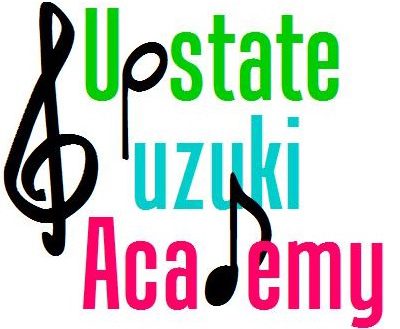Part of learning any musical instrument should also include basics on caring for it. Here are the rock-bottom basics for caring for your violin bow (or viola, or cello).
Daily Care
Every time you play your instrument, you want to check the tension on your bow. When you put it away, it should be loosened to keep excessive stress off the stick and hair. When you take it out to play, you want to tighten it, so the hair can be drawn across the strings. The bow should always be smiling, and you can adjust the tension with the screw at the end of the frog.
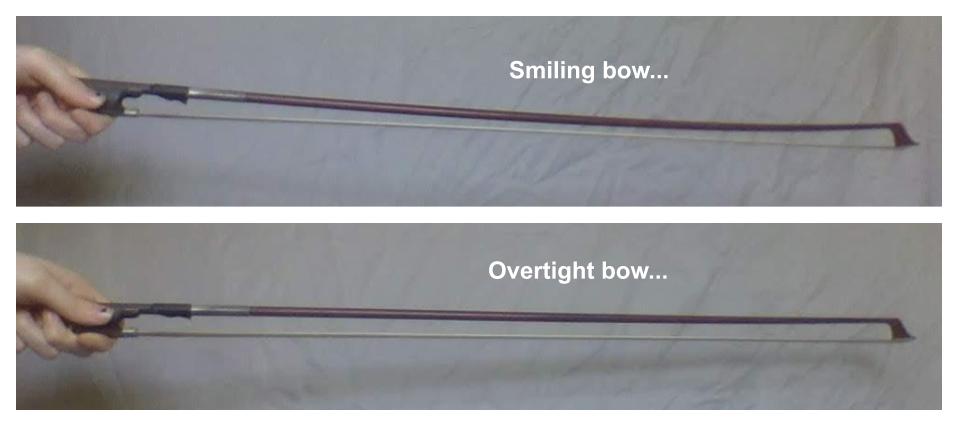
Next, you also need to keep tabs on the amount of rosin on the bow hair. You can’t touch it with your skin, because the oils from your skin create a chemical reaction with the rosin that gums up the hair.
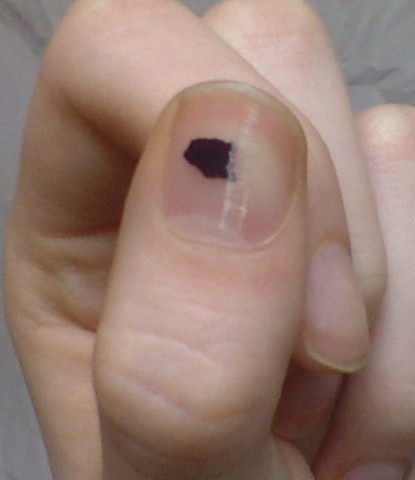
So, draw the bow on a clean fingernail. If it leaves white dust on your nail, you have enough rosin. If not, you need to add rosin – usually about five strokes on the cake of rosin is enough.
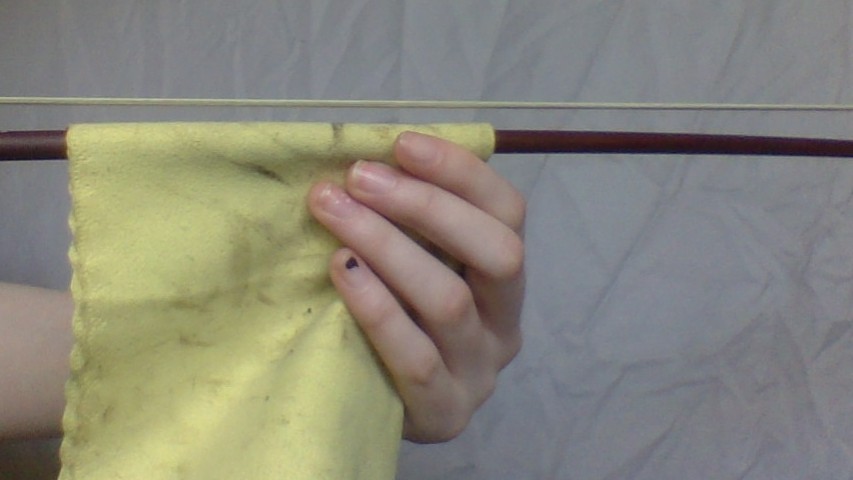
You also want to wipe fingerprints and excess rosin from the bow when you put it away. I will cover that in more detail in next week’s video.
Keeping It Nice
Generally speaking, the bow is not a poker, pusher, scratcher, picker, swisher, sword, light-saber, grabber, whacker, dragger, baseball bat, table-clearer, door-closer, brother-defense, sister-shoo-er, or anything else you can think of. (I have literally seen every single one of those above attempted uses.) The only purpose of the violin (viola, cello) bow is vibrating the strings.
That said, sometimes things do happen. Things you’ll want to look out for that need attention are:
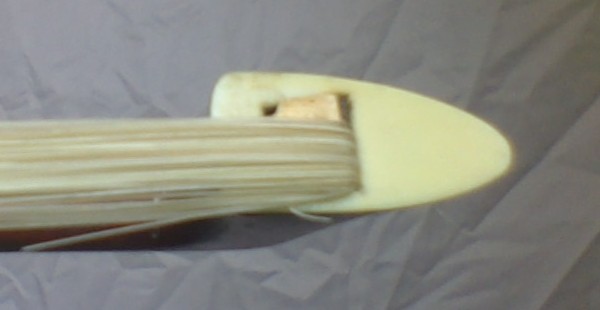
- Broken stick
- Thinned out bow hair
- Lots of broken bow hair
- Broken or cracked frog
- Yellow or dirty bow hair
- Warped stick
Most of those can be treated by simply getting the bow hair replaced, which should be done yearly. A broken frog needs to be fixed, but many times, student bows can be traded at your violin shop, so check your rental agreement, or give them a call. A broken stick can sometimes be mended on very high-end bows. However, the cost can be prohibitive, so the only practical remedy is a new bow.
Because they are made of wood, bow sticks can, and do, warp. Again, the repair of this is time consuming and can be expensive, so you’ll want to check with your violin shop. But most of the time, you’ll need to purchase a new bow.
